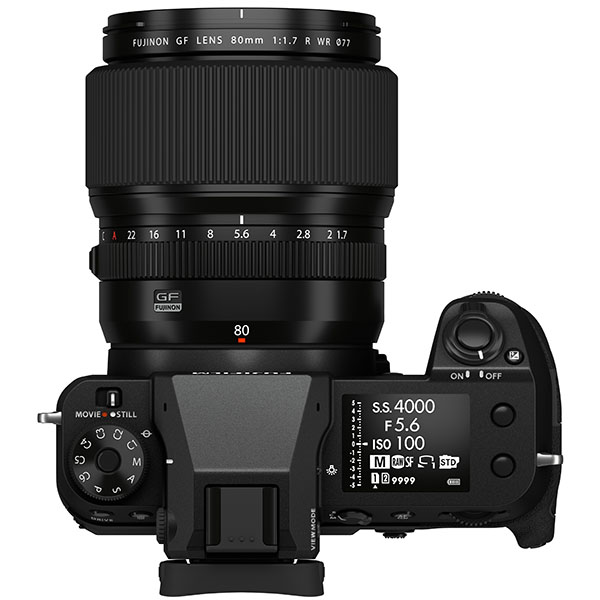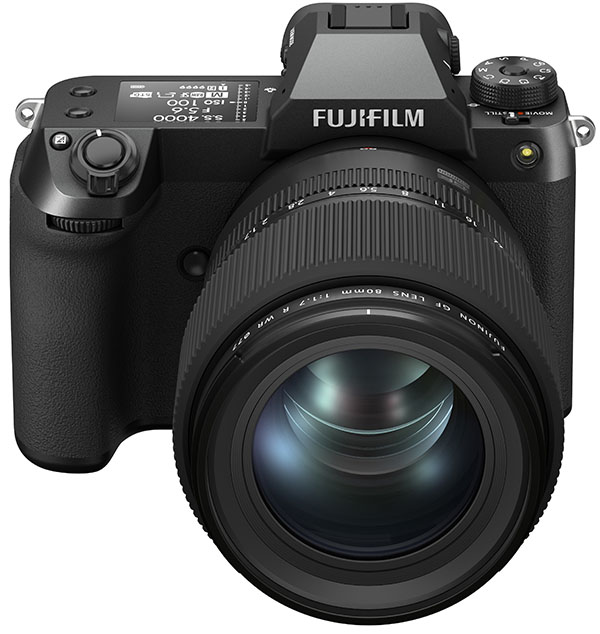Fujifilm GFX announcements: More affordable & compact GFX 100S camera, fast GF 80mm f/1.7 lens
posted Wednesday, January 27, 2021 at 9:00 AM EST
Click here to read our Fujifilm GFX 100S Hands-On Preview
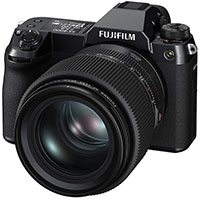
Fujifilm has announced a lot of gear today at its Global X-Summit 2021 event. For Fujifilm X shooters, you can read about Fujifilm's latest announcements, including the new Fuji X-E4, a new XF 27mm f/2.8R WR, and the XF 70-300mm f/4-5.6 R LM OIS WR. This article, on the other hand, is focused instead on the pair of new GFX announcements. Fujifilm has announced a new camera, the GFX 100S, and a new fast prime lens, the GF 80mm f/1.7 R WR. Both new products are exciting, let's take them in turn.
Fujifilm GFX 100S: 102 megapixels of (more) affordable medium-format excellence
The Fujifilm GFX 100S is a new compact medium-format camera featuring the same excellent imaging pipeline of 2019's Fujifilm GFX 100. There are many similarities between the two cameras when comparing their internal components and features. However, the two cameras have significantly different designs. The GFX 100 has a built-in vertical grip, for example, whereas the GFX 100S has a more traditional design and cannot use an optional grip. The GFX 100S also has a downgraded EVF and no AC port for direct power.
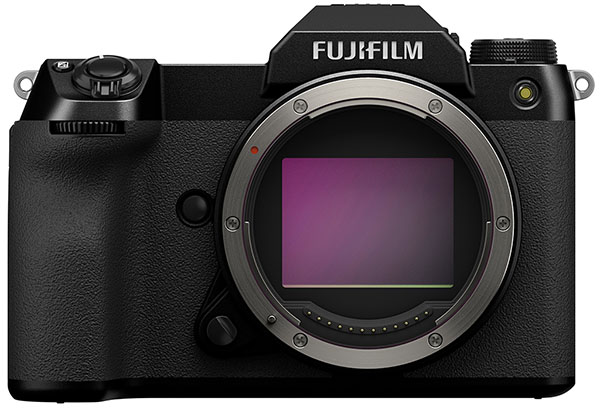
However, these are compromises that must be made to make the GFX 100S the best value in the GFX system. The GFX 100S costs $6,000 USD, which, while a lot of money, is a full $4,000 less than the GFX 100, and even $500 less than the GFX 50S' original launch price in 2017.
It's not like the GFX 100S only has downgrades, either. It offers some improvements over the GFX 100, too. The in-body image stabilization system in the GFX 100S is smaller, lighter, and more effective.
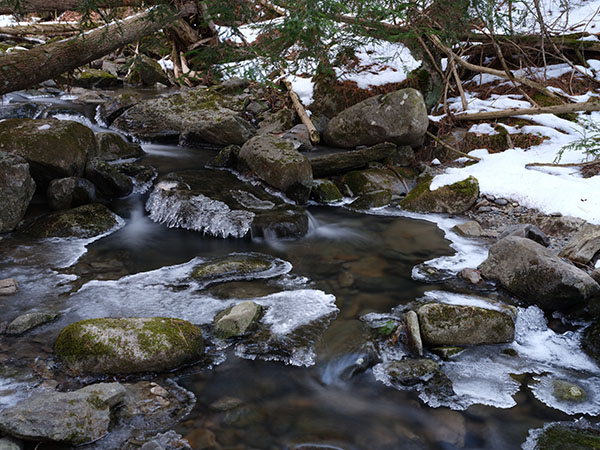
The major stills and video features of the GFX 100 are also completely intact in the GFX 100S. The GFX 100S uses the same 102-megapixel backside-illuminated medium-format CMOS image sensor, offering a native ISO range of 100-12,800. The GFX 100S has the same on-sensor phase-detect AF system, offering autofocus points across nearly the entire image sensor. The GFX 100S records 4K/30p video, and even has digital image stabilization, something the GFX 100 doesn't offer.
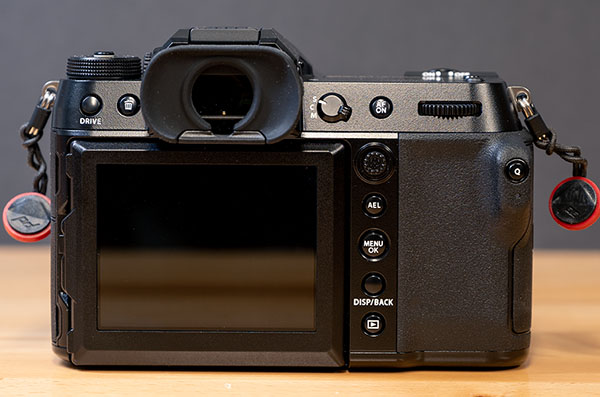
Of the GFX 100S, Victor Ha, senior director of marketing and product development for Fujifilm North America Corporation, Electronic Imaging Division, says, 'Fujifilm has taken the groundbreaking ideas that led to the development of Fujifilm GFX 100 and now combined them with an approach rooted in portability, to create GFX 100S – a camera that provides photographers and filmmakers with an unbelievable opportunity to take large-format image-making to places it has never been before.'
The Fujifilm GFX 100S will be available in March with a suggested retail price of $6,000 USD ($7,800 CAD). For the full details on the GFX 100S and read our initial thoughts about the camera, read our Fujifilm GFX 100S Hands-on Preview.
Fujifilm GF 80mm f/1.7 R WR: New fastest lens in the GFX system
Alongside the GFX 100S, Fujifilm has announced the Fujinon GF 80mm f/1.7 R WR lens. The GF 80mm f/1.7 R WR is now the fastest lens in the GFX system, besting the previous champ, the GF 110mm f/2, which is by no means a slouch. It's one of my favorite GF lenses. The new GF 80mm lens is also the "world's widest aperture autofocus lens for a large format camera system."
Victor Ha says, 'Portrait photographers using GFX System cameras can now choose Fujinon GF 110mm f/2 R WR for when they want images with a tighter angle of view or pick GF 80mm f/1.7 for when they want something slightly wider. This choice will certainly give image-makers more options creatively, especially since the highly anticipated bokeh produced from GF 80mm f/1.7's wide aperture is sure to provide an incredible aesthetic quality to any image.'
Regarding the bokeh, the lens has nine rounded diaphragm blades, and Fujifilm promises 'beautifully smooth bokeh.' To ensure sharp images even when shooting wide open, the lens has 12 lens elements across 9 groups, including an aspherical element and two Super ED lens elements. Fujifilm utilizes high-precision glass molding technology on aspherical lenses to produce a tolerance of 1/100,000th of a millimeter. Fujifilm states that this is 'five times more accurate than regular lens molding techniques' and reduces the onion-ring effect in bokeh.
The GF 80mm f/1.7 includes a powerful DC motor to produce enough torque to drive the focusing group in the lens, which comprises six lens elements, including the aspherical lens element. The minimum focus distance is 0.7m, which results in a maximum magnification of 0.15x.
Weighing 1.75 lb. (795g), the GF 80mm f/1.7 is a surprisingly lightweight lens. It's also quite compact at only 3.9" (99.2mm) long and using a 77mm filter thread. The lens is weather-resistant and includes weather sealing in 10 locations. The front element includes fluorine coating to repel dirt, oil, and water as well.
The GF 80mm f/1.7 promises to be an excellent addition to the expanding GFX system. The Fujinon GF 80mm f/1.7 R WR is expected to be available in March with a suggested retail price of $2,299.95 USD.

